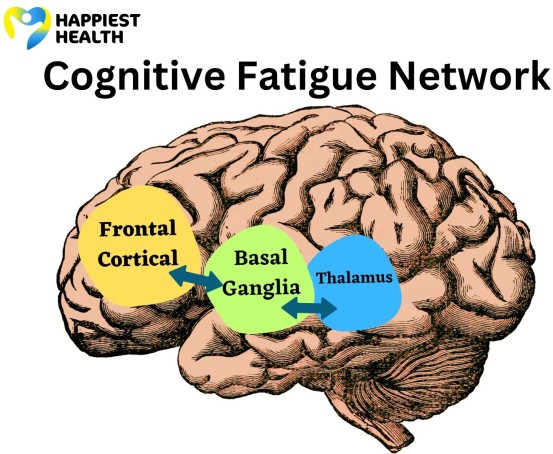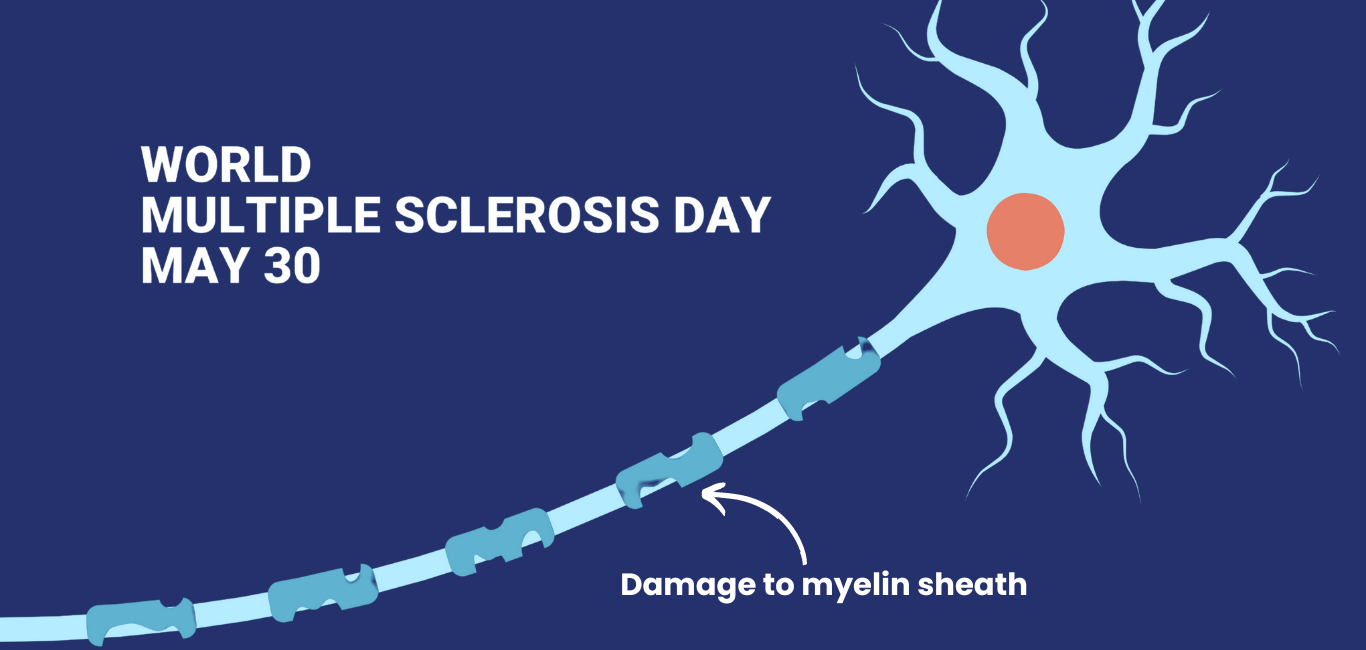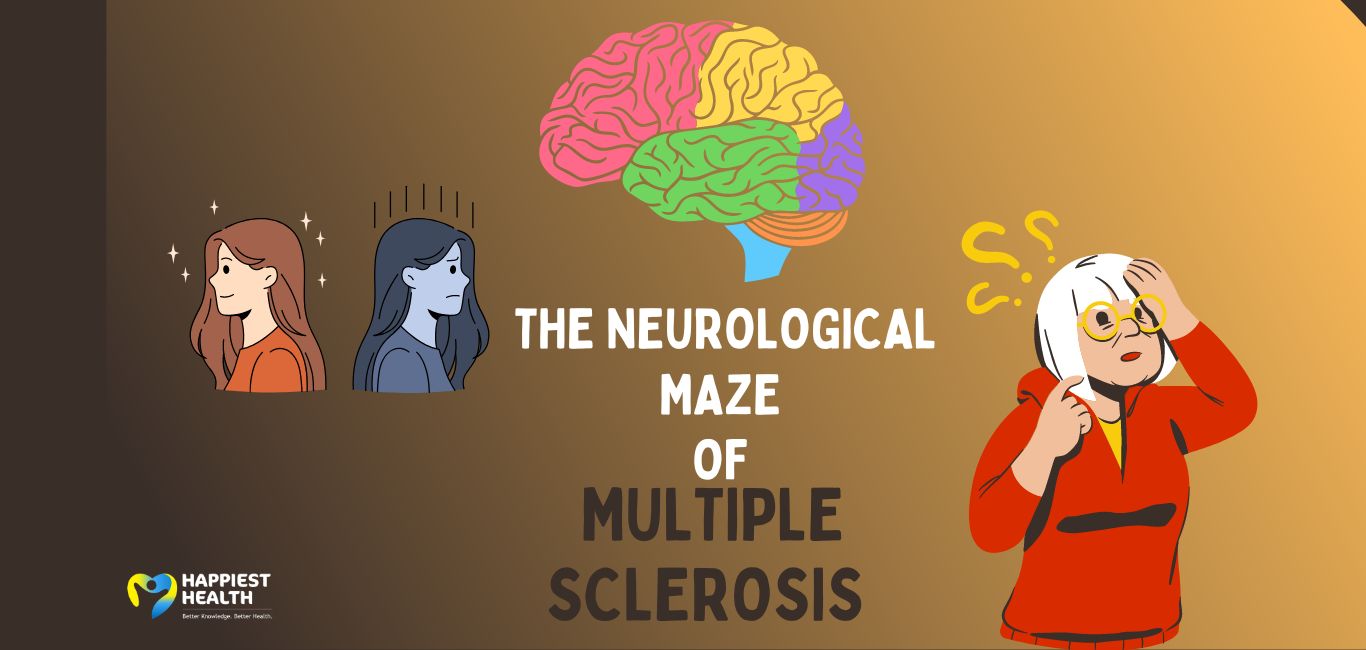
A study published in Frontiers in Neurology by researchers at the Rocco Ortenzio Neuroimaging Center, Kessler Foundation, NJ, United States, shows that excessive tiredness or fatigue –– a hallmark symptom of multiple sclerosis –– is the result of broken neuronal networks in the white matter of the brain.
White matter is spread across the brain in a butterfly-like pattern comprising bundles of neuron extensions called axons. These axon bundles form tracks, much like road networks, connecting different brain regions.
Multiple sclerosis (MS) is an autoimmune disease in which the immune cells attack nerve cells in the brain and spinal cord.
Phases of exhaustion
For Maheshwari Narsimhan, even simple tasks can be challenging when fatigue takes over. “Sometimes my brain is unable to command my body to lift a pen and put it from one table to another,” says the 56-year-old diagnosed with MS at 24. What Narasimhan faces is clinically called cognitive fatigue or mental exhaustion.
Read more: Oh, so tired! The enigma of myasthenia gravis
For Mao Florez, a 31-year-old avid footballer, social communicator, life coach, content marketer, and English teacher from Colombia, fatigue came in a different form when he was 15. “I had severe foot drop [difficulty raising the front part of the foot]. Then I developed fatigue in my left leg, which the doctors initially attributed to my improper stretching before playing football,” says Florez. Although he recovered and resumed playing, the issue resurfaced. This time an MRI scan revealed the culprit – multiple sclerosis.
A person with multiple sclerosis experiences movement disabilities, vision problems and loss of balance, and cognitive fatigue consumes them. Due to recurring symptoms, Florez had to give up playing his favourite game.
Read more: Moving in small steps against freezing of gait
Mental fatigue negatively affects the ability to learn, decreases workplace productivity, and lowers the quality of life. “Cognitive fatigue is a situation where one is unable to pay attention, is reluctant to execute, and does not have enough motivation to perform or continue a task,” says Dr Venkatraman Karthikeyan of Gleneagles Global Health City in Perumbakkam, Chennai, Tamil Nadu.
The rogue network of tiredness
In 2020, the researchers showed that brain regions known as the striatum, the insula, the ventromedial prefrontal cortex, and the dorsolateral prefrontal cortex form a network of connections called the fatigue network. Furthermore, they found that that the fatigue network gets inflamed when a person performs mentally exhausting tasks.
In 2022, they further discovered and bifurcated the regions that caused general fatigue and those involved in disease conditions, depression, brain trauma and injuries. For example, for cognitive fatigue due to multiple sclerosis, the researchers identified that the fatigue network comprised the frontal cortical area, thalami, and basal ganglia regions.

Dr Glenn Wylie, director of the Rocco Ortenzio Neuroimaging Center and a co-author of this paper, says, “Disruption of this neuronal network by abrasion of myelin sheath and loss of neuronal connection results in structural changes of the white matter. Thereby causing discrepancies in signal transmission.”
The myelin sheath is a protective cover around neurons – like the insulation around an electrical wire. It helps in the efficient transfer of the electrical signal between neurons. When there is damage to this nerve insulation, it affects the signal transmission and causes lesions along the length of the neuron (axon).
Researchers measured the depression, anxiety, and fatigue of 73 participants and estimated the whole brain lesion volume using advanced imaging techniques. They found that disruption in the white matter tract due to such lesions and microstructural changes in the brain was responsible for cognitive fatigue.
The way ahead
Commenting on the study results, Dr Karthikeyan says that “it will be useful in understanding how these networks are quickly activated or deactivated. In addition, it makes it clear which network should be prioritised during treatment.”
Dr Wylie’s team is investigating the nature of changes in the white matter tract that facilitate the progression of various diseases. But, he says, “Further studies are required to know how this will aid in managing the condition.”
“This knowledge will efficiently work in the manufacture of more effective drugs and other therapies to boost the functioning of these networks in case of damage,” adds Dr Karthikeyan.
Narasimhan, who works with the Spastic Society of India and the Multiple Sclerosis Services of India strongly feels there is a lack of awareness of the condition. “There are several misconceptions and stigmas around MS,” she says.

















